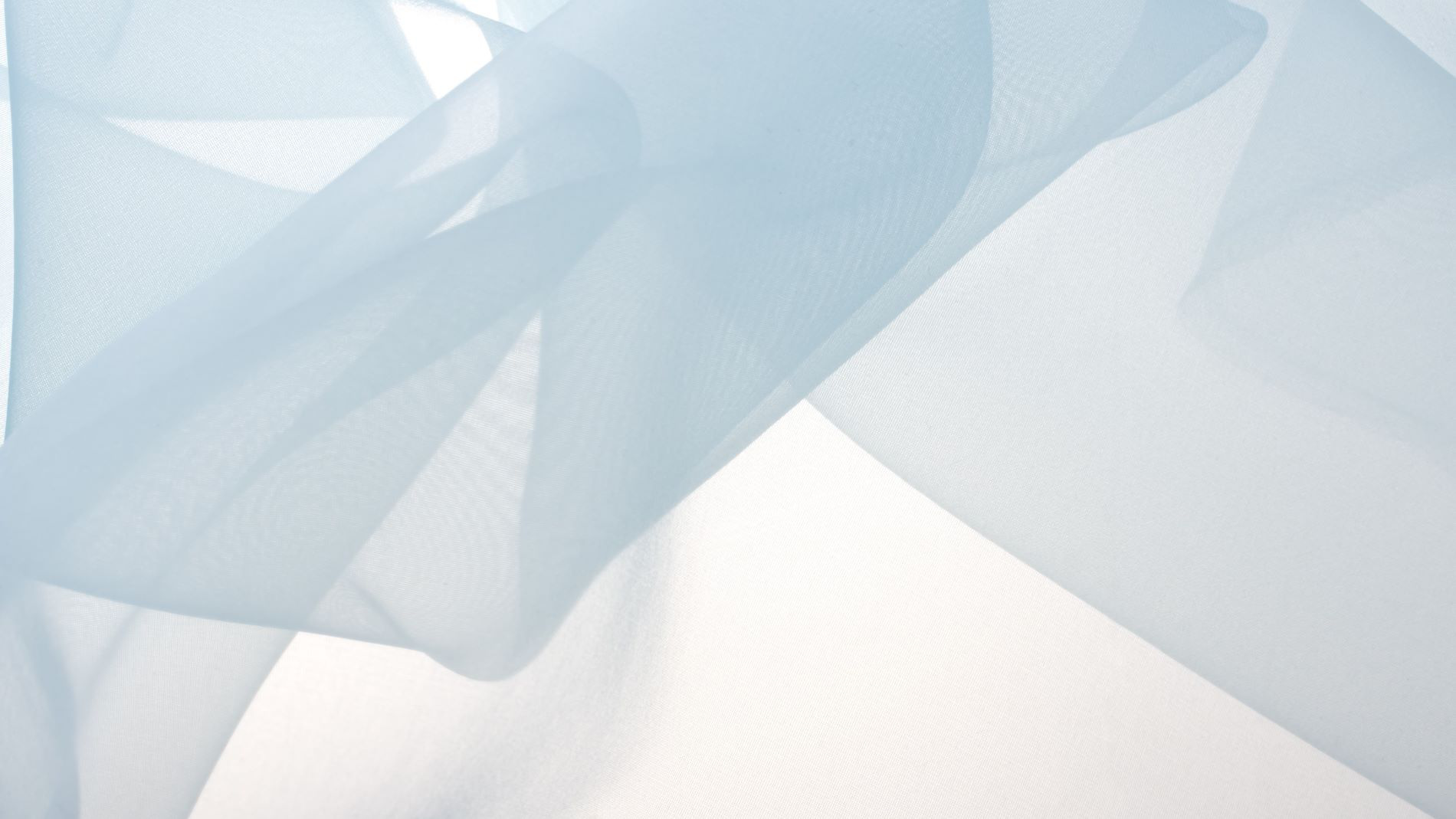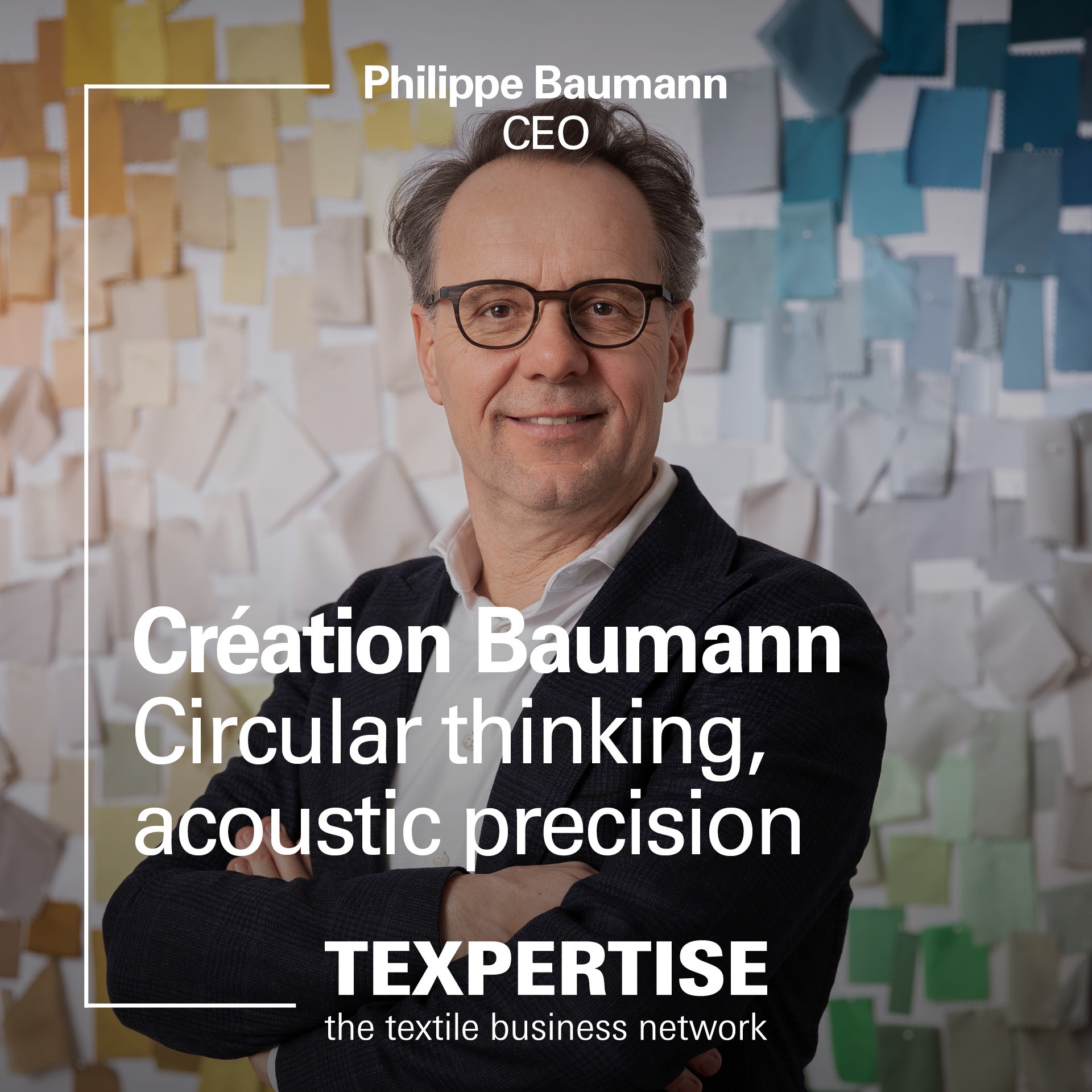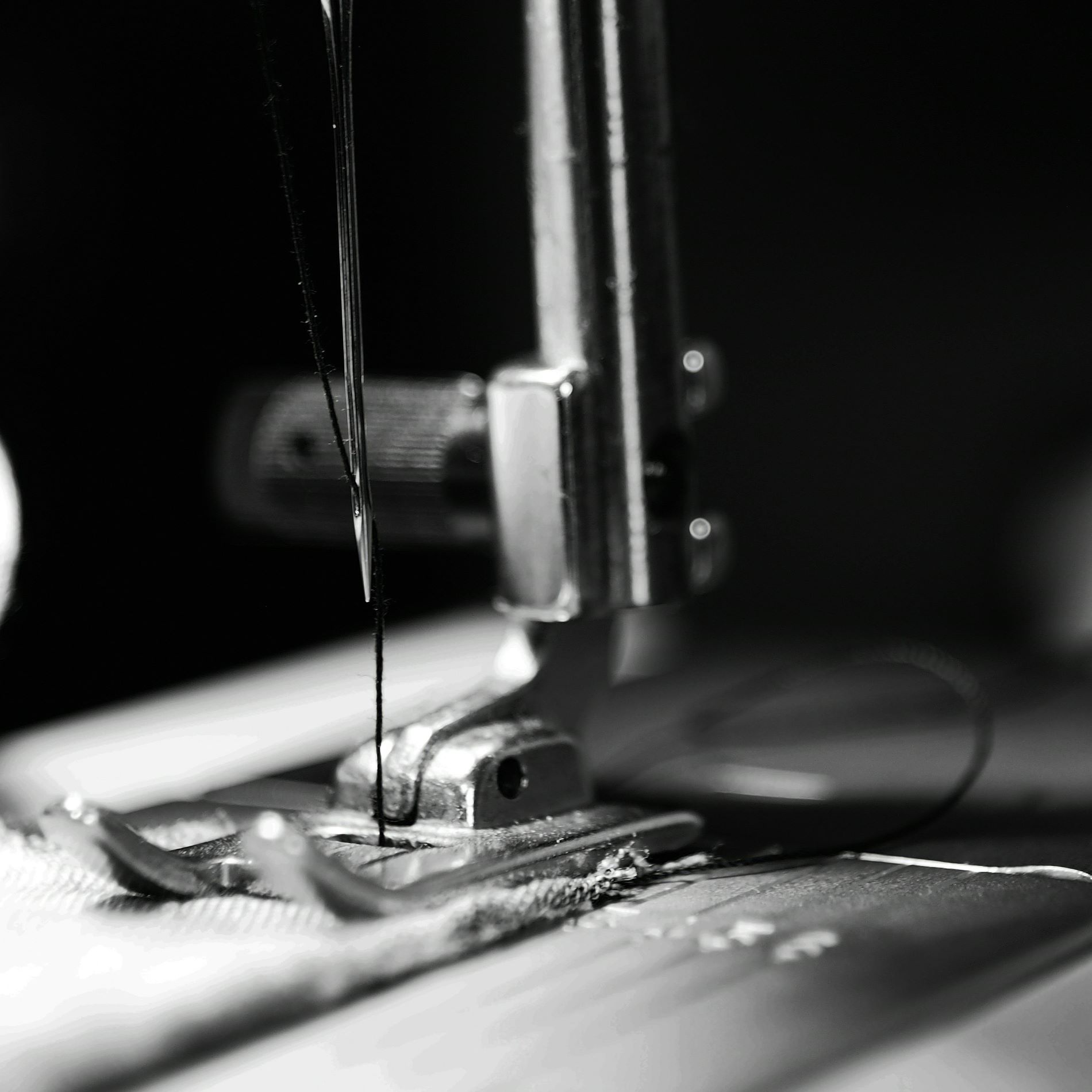Reading time: 3 minutes
Textile drying as a key process
Textile drying is a core stage in textile processing – in interior textiles as well as industrial manufacturing. It directly affects product quality, energy use and production speed. After dyeing, washing or finishing, textiles must be dried quickly, evenly and gently. Traditional methods are reaching their limits: high energy demand, large space requirements and inconsistent results.
What defines modern textile drying technologies?
Modern textile drying technologies combine precision and efficiency to remove moisture in the shortest possible time with minimal energy use – without damaging the material structure. In addition to conventional convection dryers, today’s systems include air-circulation, infrared, microwave and radio-frequency (RF) drying.
These machines feature precise temperature control and intelligent air distribution. Sensors continuously monitor residual moisture, while automated controls adjust parameters dynamically. Many drying systems now incorporate heat recovery technology; studies indicate energy savings of around 40% to more than 50% compared with conventional methods.1
Why innovation is essential
Several factors are driving innovation in textile drying:
- Rising energy costs – energy remains a major production expense
- Sustainability goals – frameworks like the EU Green Deal demand CO₂ reductions
- Quality requirements – colour and shape stability are essential
- Production speed – on-demand models require faster, more reliable drying cycles
Advances such as AI-based process control, closed air circuits and modular system design enhance efficiency and production reliability.
Applications in the interior sector
In the interior textile segment, drying plays a key role in finishing upholstery fabrics, carpets, curtains and acoustic panels. Sensitive materials such as velvet or decorative textiles must be dried evenly and gently to preserve their texture, colour and form.
Infrared dryers heat materials from the inside out, reducing drying time and surface stress. In bespoke contract settings – such as hotels or public buildings – this ensures consistent quality and long product lifespans.
The Texpertise Network promotes the exchange of such innovations and supports interior designers in finding sustainable and aesthetically high-quality solutions.
Applications in industrial textile processing
In industrial settings, drying systems form part of automated production lines. They must dry large fabric widths, technical textiles and smart materials consistently and at high speed.
For technical textiles – used in automotive, medical and outdoor applications – precise drying parameters are critical, as they directly affect properties such as waterproofing and breathability.
Modern systems integrate seamlessly with CAD/CAM workflows and robotic handling, linking drying and downstream processing into one continuous, digitally controlled workflow.
Technological innovations in detail
Next-generation drying systems combine smart control, innovative heat generation and efficient energy use:
- Heat recovery: reuse of waste heat to preheat incoming air – saving up to 40 % energy
- Real-time sensor monitoring: precise residual moisture detection and automatic parameter adjustment
- AI-driven optimisation: algorithms learn from production data to manage energy and time dynamically
Compared with conventional convection dryers, infrared, RF and AI-controlled drying achieve shorter cycles, lower energy use and gentler fabric handling. The result: extended material life, reduced CO₂ emissions and improved economic performance.
Conclusion: modern drying technologies strengthen the textile industry
The future of textile finishing lies in fully automated, AI-controlled drying lines that analyse data, verify quality and self-optimise.
Modular and scalable systems make this technology accessible even to small and medium-sized enterprises. Textile drying is becoming an integrated component of sustainable, connected and competitive production.
FAQ – Frequently asked questions
What advantages do modern textile drying technologies offer for interior textiles?
They ensure uniform, gentle drying that maintains the form, colour and texture of premium upholstery and decorative fabrics. Technologies such as infrared or RF drying reduce processing times, lower energy use and minimise material waste – ideal for sustainable high-end interiors.
How can energy-efficient drying systems be integrated into existing production lines?
Modular systems can be retrofitted and connected to digital CAD/CAM production workflows. Heat recovery modules can be added to increase efficiency and cut energy costs without replacing entire installations.
What role do radio-frequency and microwave drying play in modern textile processing?
RF and microwave technologies heat materials from the inside out, significantly reducing drying times and energy use. They are ideal for thick, multi-layered or textured fabrics, ensuring consistent results and outperforming purely convective methods.










